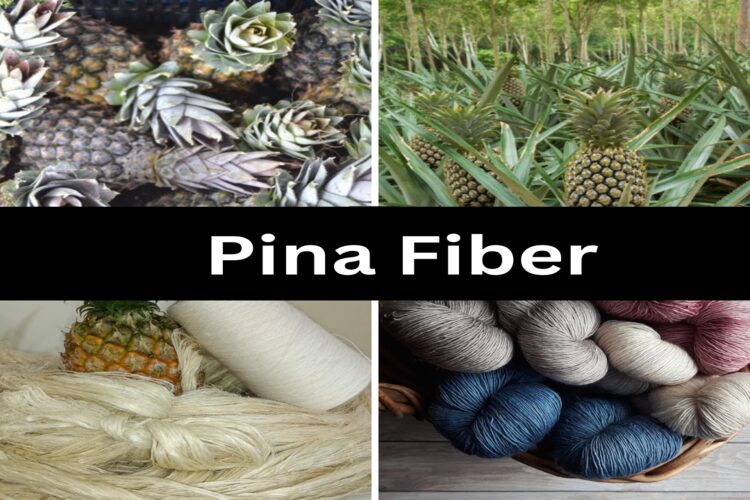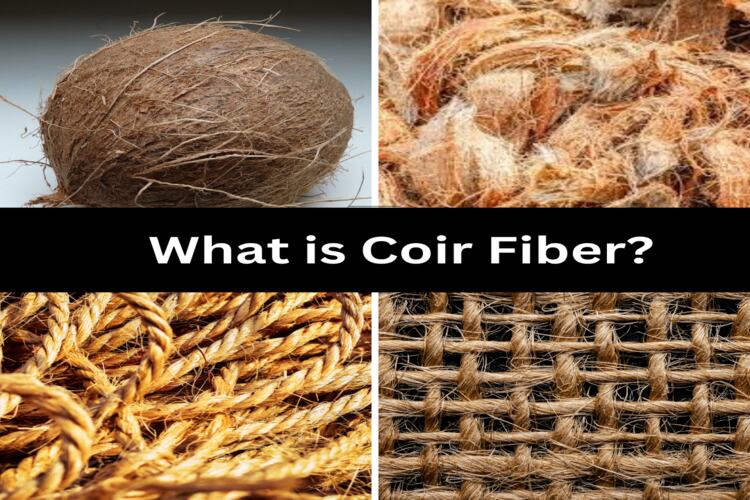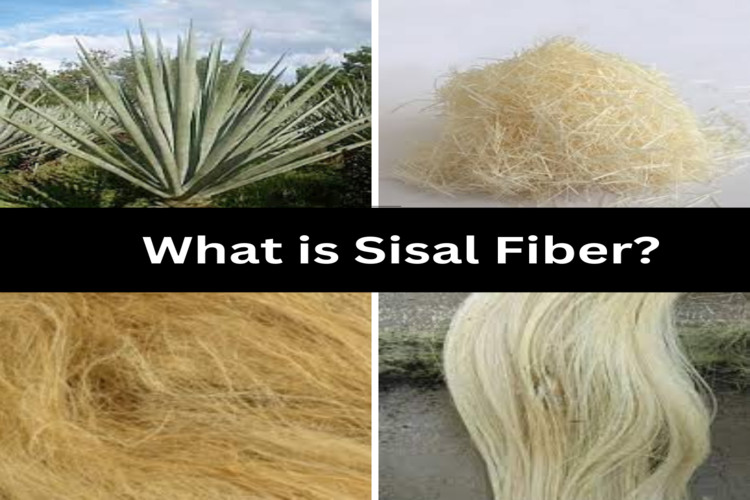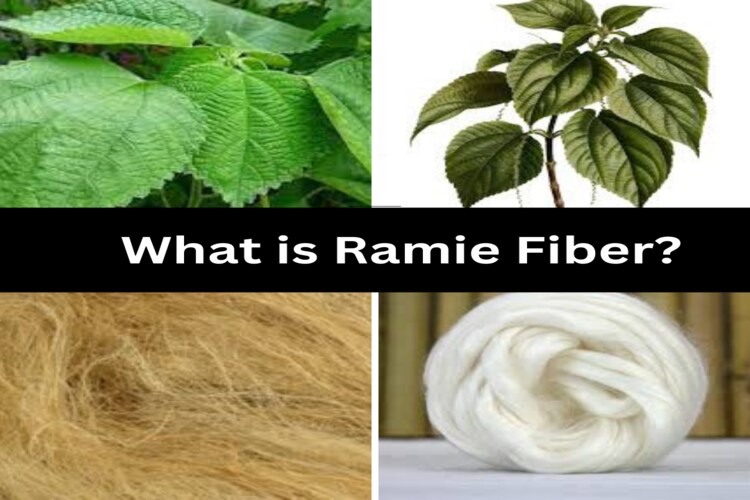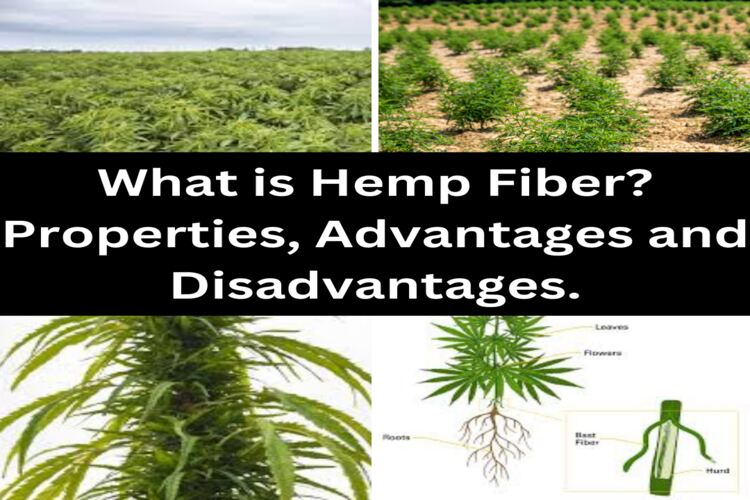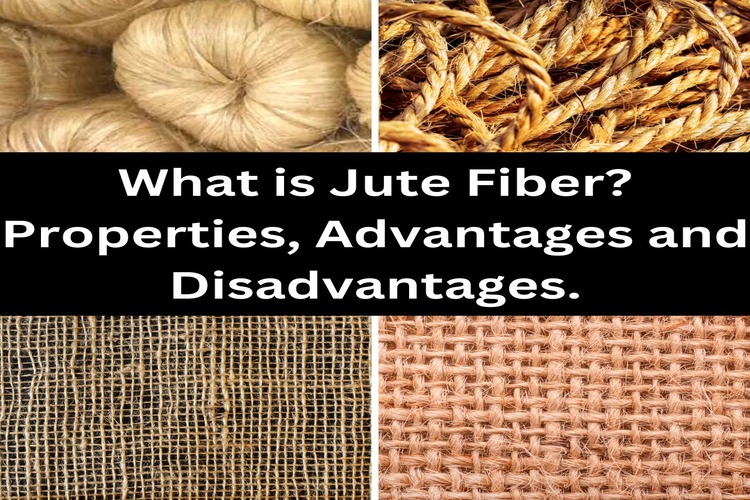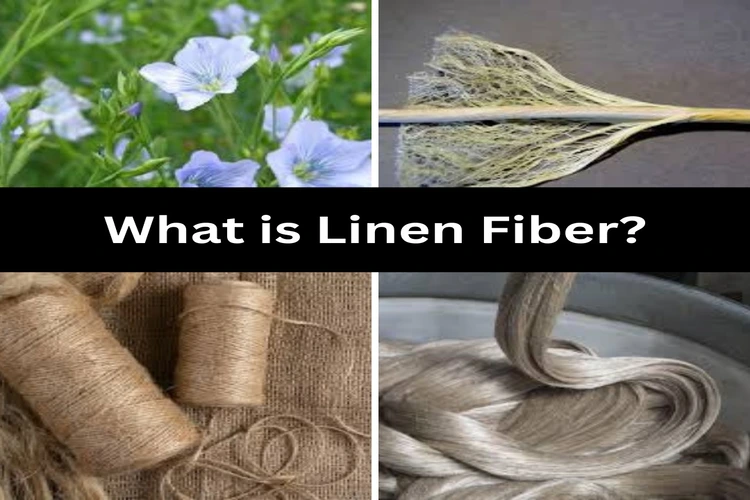What is Pina Fiber? Pina fiber comes from pineapple plant leaves. It belongs to the Bromeliaceae family and is in the “ananas” genus. These plants generally reach a height of 1.5 meters. They thrive with 100 to 150 cm of rainfall and temperatures between 22 and 32 degrees Celsius. The[…]
Coir Fiber: Properties, Production Process and Advantages
What is Coir Fiber? Coir fiber, often called coir, comes from the fibrous husk inside a coconut. To produce coir, the husks are soaked until the textile fibers can be separated. Although the production process takes time, coir has many uses. Coir is unique among natural fibers because it’s not[…]
What is Sisal Fiber? Properties, Structure, and How It Made?
What is Sisal Fiber? Sisal Fiber is sourced from the Agave sisalana plant and is a well-known natural fiber. It’s completely biodegradable, making it environmentally friendly. Sisal fiber is highly durable, requiring minimal maintenance, and it can endure wear and tear admirably. The sisal plant forms rosettes of sword-shaped leaves[…]
What is Ramie Fiber? Properties, Structure, and How It Made?
What is Ramie fiber? Ramie is a sustainable plant fiber from the nettle family, making it eco-friendly due to its biodegradability, unlike synthetic petroleum-based fabrics. The fibers in Ramie have a textured appearance that makes it resemble linen. What’s remarkable is that Ramie fiber is said to be “twice as[…]
What is Hemp Fiber? Properties, Advantages and Disadvantages.
What is Hemp fiber? Hemp is an eco-friendly crop that provides valuable materials for industry. It used to be harvested for textiles when in full bloom, but now it’s mainly collected at seed maturity for various uses. Despite a thriving market for hemp seeds and Phyto cannabinoids, the European hemp[…]
What is Jute Fiber? Properties, Advantages and Disadvantages.
Introduction For more than 5,000 years, jute has thrived in the Indian subcontinent, with records of jute fiber production dating back to approximately 3000 BC. It’s conceivable that even earlier societies, such as the Indus Valley civilization, cultivated jute. Despite cotton’s popularity in India, jute played a more significant role[…]
What is Linen Fiber? Properties, Structure, and How It Made?
Introduction Linen fiber comes from flax and is one of the oldest textiles globally, known for its strength and elegance. Like all things from the earth, linen’s characteristics change based on the environment and weather. It’s easy to dye and print, but it can get wrinkled because it doesn’t stretch[…]

